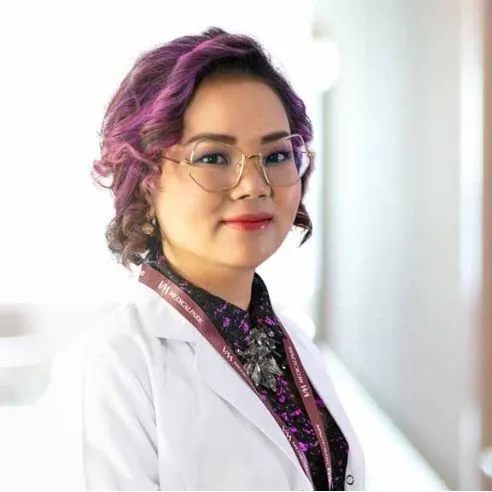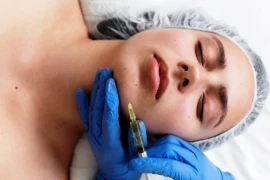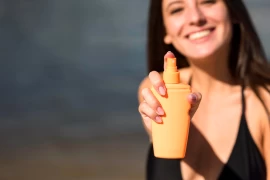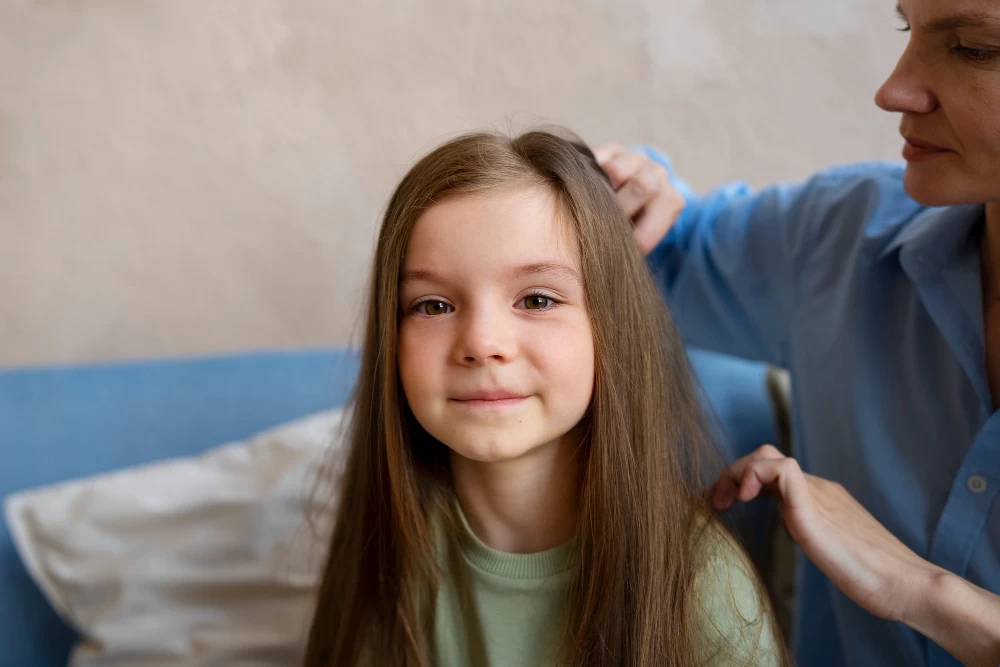
Lice Infestations in School-Age Children: Precautions and Preventive Measures
- Lice Infestations in School-Age Children: Precautions and Preventive Measures
- What is Lice Infestation?
- How Do Lice Spread?
- What Are the Symptoms?
- How is Lice Infestation Diagnosed?
- Treatment and Prevention
- Warnings for Parents
- Conclusion
Lice infestations (pediculosis) in school-age children are, unfortunately, a skin problem we encounter quite often. It can spread rapidly, especially in communal environments such as schools and daycare centers. As a dermatology specialist, I believe that this issue requires proper attention because lice infestations not only cause physical discomfort but also affect children's psychological and social well-being. In this article, I aim to inform parents to help them protect their children from lice infestations.
What is Lice Infestation?
Lice infestation is an infection caused by small, wingless parasites known as lice, which settle on the scalp. Lice cling to the hair roots and feed on the child’s blood, which can lead to significant itching. They are usually found on the scalp but may occasionally be present on other hair-bearing areas such as the eyebrows or eyelashes. Among children, the most common issue is head lice (Pediculus humanus capitis).
How Do Lice Spread?
Lice are transmitted through direct head-to-head contact or by sharing personal items (such as combs, hats, or pillows) with an infected person. This is why school-age children, who spend time in communal living spaces, are particularly at risk. Frequent contact among children during play or while sitting close together allows lice to spread more quickly.
What Are the Symptoms?
The most common symptom of lice infestations is intense itching on the scalp. This itching is caused by an allergic reaction to the lice feeding on blood. Itching may become more severe at night. Additionally, small white or brown nits (lice eggs) may be visible on the hair shafts. Nits are often confused with dandruff, but they are firmly attached to the hair and do not fall off easily. Lice commonly inhabit the nape of the neck, behind the ears, and other areas of the scalp.
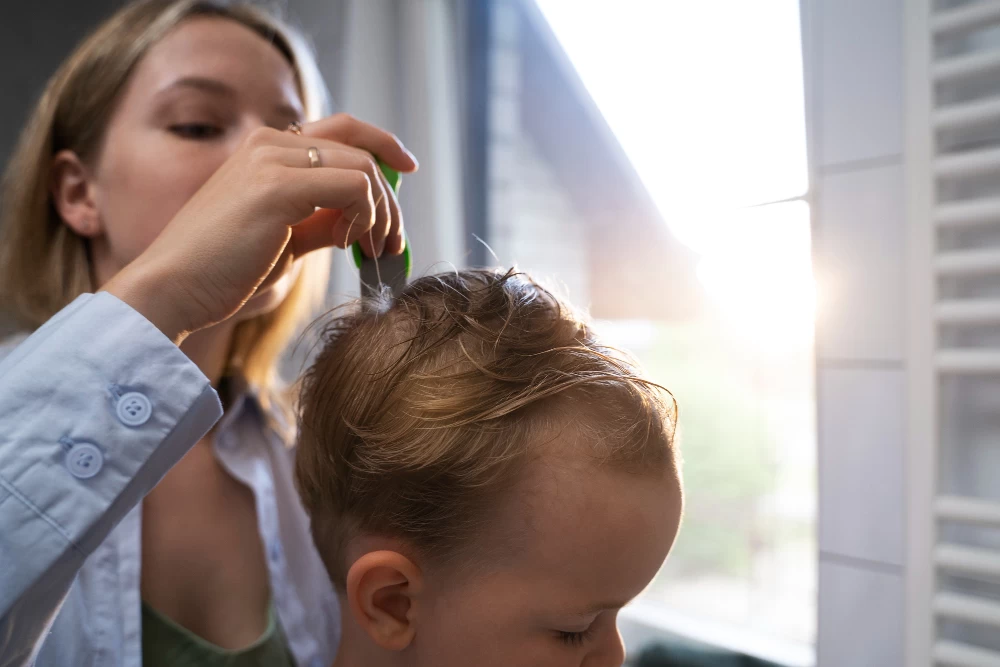
How is Lice Infestation Diagnosed?
Diagnosis of lice infestations is usually made by carefully examining the scalp. With the help of a magnifying glass, lice or nits can be observed. If parents notice itching in their child’s hair, they should consult a dermatologist promptly. Early diagnosis is essential to prevent lice from spreading further.
Treatment and Prevention
1. Use of Lice Medication: Over-the-counter lice shampoos or lotions can be used to treat lice. These products are specially formulated to kill lice. However, it’s important to follow the instructions carefully during medication use. Additionally, these treatments may not be effective against lice eggs (nits), so repeating the treatment after a few days may be necessary.
2. Removing Nits: After treatment, it’s crucial to remove the nits from the hair. A fine-toothed comb can be used to carefully remove nits from the hair. Combing is more effective on wet hair and should be repeated daily.
3. Cleaning Personal Items: Since lice can also spread through personal items, children's combs, hats, pillowcases, and towels should be washed in hot water and disinfected. It is also important to teach children not to share personal items.
4. Communication with the School: Parents should immediately inform the school administration if they notice lice infestation. This allows schools to take precautions and prevent lice from spreading to other children. Routine checks conducted at schools are also useful for early detection of lice infestations.
Warnings for Parents
- Regular Checks: Parents should regularly check their children’s hair, especially during the school opening periods. If lice infestations are detected, immediate action should be taken.
- Education: It is crucial to explain to children the measures to prevent the spread of lice. Emphasize the importance of not sharing personal items and limiting head-to-head contact.
- Psychological Support: Lice infestations can sometimes lead to teasing among children. This can negatively affect a child's psychology. Therefore, children should be supported during this process, and it should be explained that this is a common issue and nothing to be ashamed of.
Conclusion
Lice infestations, while common in school-age children, are a condition that can be easily resolved with early diagnosis and appropriate treatment methods. Parents must be aware, educate their children, and take preventive measures to stop this widespread problem. It’s important to remember that lice infestations can be controlled not only individually but also with collective precautions.

Spc. Dr. Enkhjargal Egi Losol
Dermatology Specialist
